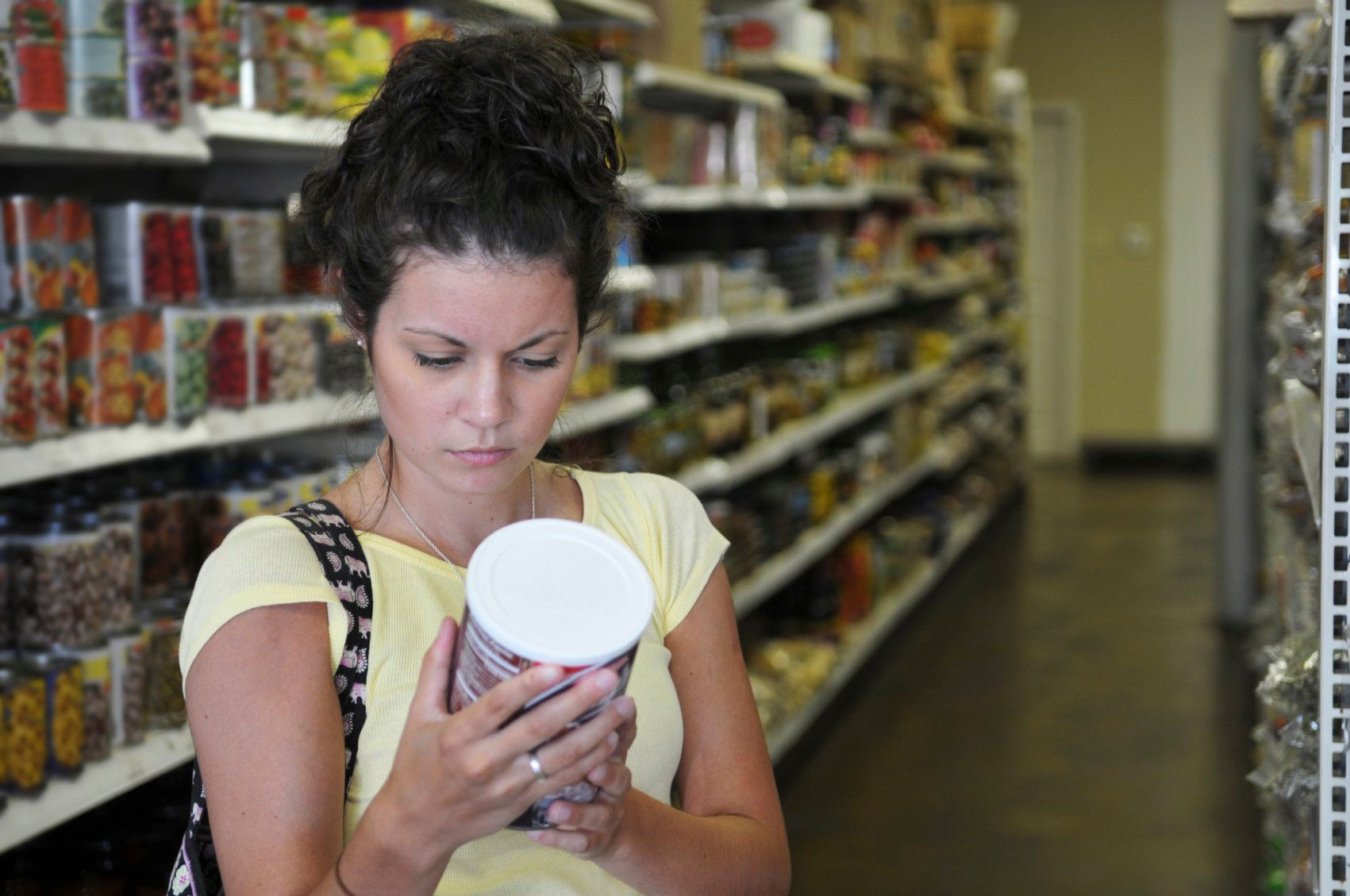Consumers Willing to Pay Nearly 50% More for Flavored Milk with Natural Colors and Flavors, Lycored Reports
New consumer research from Lycored found that 88% of consumers said they would pay more for a flavored milk beverage made with natural flavorings and colors compared to an average flavored milk beverage.
Photo © iStockphoto.com/dlewis33

New consumer research commissioned by carotenoids firm Lycored (Be’er Sheva, Israel) suggests a strong majority of consumers are willing to pay nearly 50% more for products made with natural colors and flavors.
In an online poll, 506 U.S. consumers were asked whether they would be willing to spend more on a product if it was made with natural colors and flavorings-to which 88% of respondents said they would indeed.
Then, this same group of consumers was asked how much more they would be willing to spend on a flavored milk product if it was made with natural ingredients compared to the average product. Assuming the average flavored milk beverage costs $1.50, which was noted in the question, consumers said they would be willing to pay up to $2.20 on average for a similar product with natural ingredients-a 47% increase.
The survey also asked respondents to rate the appearance of two flavored milk drinks: one formulated with Lycored’s Tomat-O-Red natural colors and another made with the artificial colorant Red 3. Consumers were not told which beverage was which. According to Lycored, the products made with its Tomat-O-Red colors were rated as more “natural looking” than those colored with Red 3.
Christiane Lippert, head of marketing for food at Lycored, highlighted the two key findings of the research.
“Firstly, consumers are willing to pay significantly more for the reassurance that a product contains natural colors and flavors,” Lippert said. “Secondly, they find natural colors more appealing from a visual perspective. For food and beverage manufacturers there is a clear message here: using natural ingredients in formulations will resonate with shoppers and enable you to charge more for your products, boosting sales and profits,” Lippert said.
Stability Testing
Lycored also reports that its Tomat-O-Red colors performed well in recent stability testing following ultra-high-temperature (UHT) processing, a common practice used in the manufacturing of flavored milks, and simulated product transportation conditions including heat and light exposure. Compared to flavored milks made with Red 3, products colored with Tomat-O-Red showed superior color stability in both cases, Lycored said.
“Color stability is a priority for food and beverage manufacturers and these tests prove that Tomat-O-Red natural colors will withstand even the most difficult conditions over an extended period,” said Tammi Higgins, head of colorants at Lycored. “This eliminates the need for expensive chilled storage and transportation, and reduces wastage.”
Read more:
What’s the Difference Between Natural and Organic Foods? Don’t Ask Consumers
Consumers Prefer Blends of Soy and Dairy in High-Protein Beverages, Study Suggests
Non-Dairy Milk Surges, Dairy Milk Slumps
Michael Crane
Associate Editor
Nutritional Outlook Magazine
michael.crane@ubm.com











